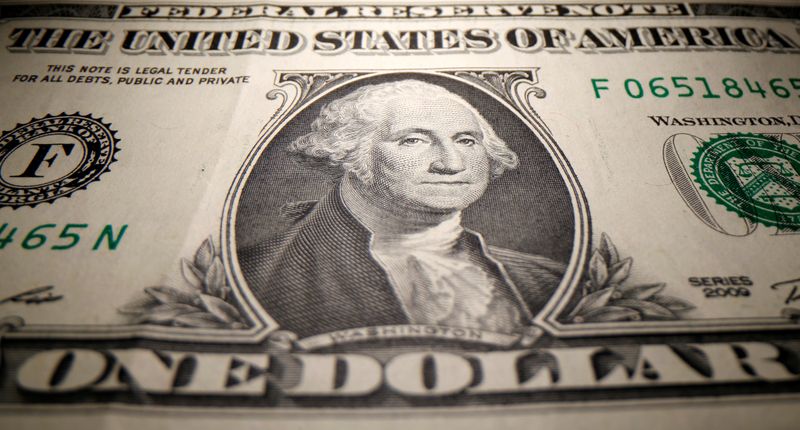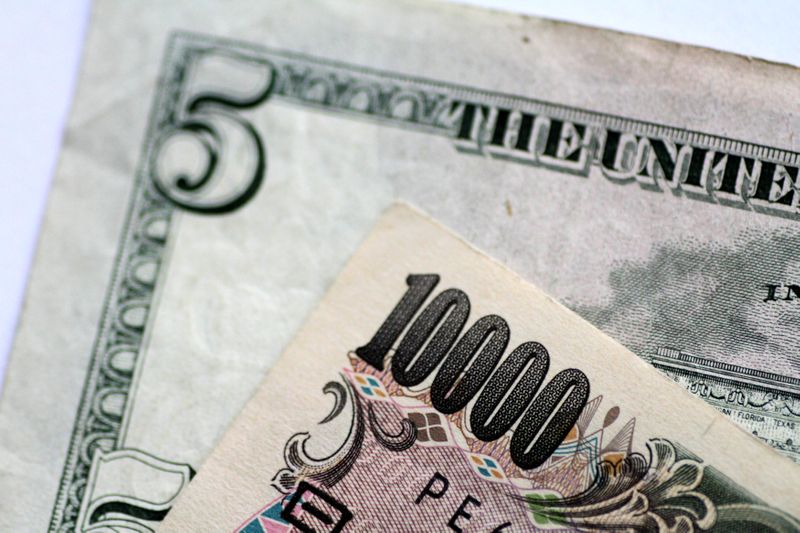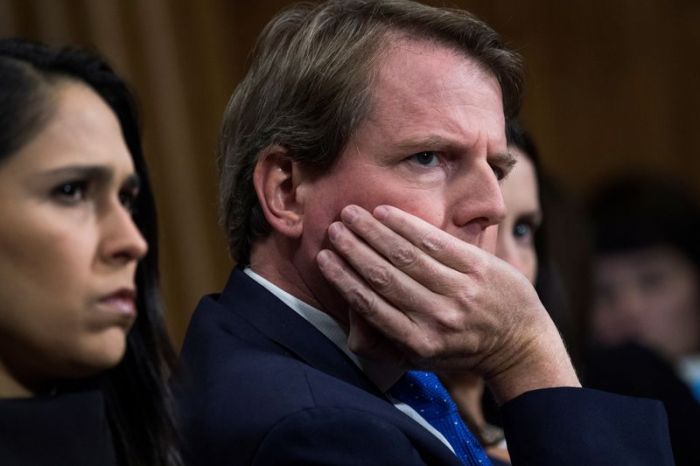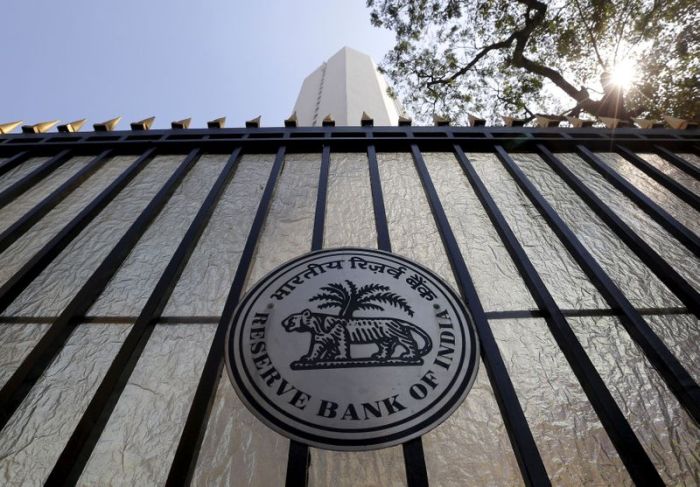NEW YORK (Reuters) – The dollar hit a more than two-year low and a fourth straight month of losses on Monday in the wake of the U.S. Federal Reserve’s policy shift on inflation.
Against a basket of currencies <=USD> the dollar was last down 0.08% at 92.161, after hitting its lowest since May 1, 2018. It is down about 1.5% for the month, marking its worst August in five years and the longest run of monthly losses since the summer of 2017.
The euro <EUR=>, which has the heaviest weighting among the six currencies in the dollar index basket, was up 0.24% at $1.193, after gaining around 1.4% in August, also its fourth straight month of increases.
Investors are adjusting to a speech last Thursday in which Fed Chair Jerome Powell outlined an accommodative policy change that is believed could result in inflation moving slightly higher and interest rates staying lower for longer.
“Dollar bears have been the winners of late, following the Fed’s shift in inflation policy, which should keep U.S. rates near zero for the foreseeable future, and keep the (U.S. dollar) under pressure,” wrote analysts at Action Economics.
Powell’s remarks last week reinforced a downward trend in the dollar. The Fed’s stimulus to offset the economic effects of the coronavirus pandemic has driven risk assets higher and hurt the safe-haven dollar.
“I think what we’re seeing is the continuation of the momentum move lower in the dollar that began in Q2. The Fed message last week just reinforced that,” said Daniel Katzive, head of FX strategy for North America, BNP Paribas.
The yen <JPY=> weakened by 0.5% to 105.87 per dollar on the view that Japan’s next leader will stay the course on the ‘Abenomics’ economic revival program. The yen climbed to 105.18 on Friday after Shinzo Abe’s resignation as prime minister for health reasons.
In recent weeks the yen has not strengthened proportionally to the weakening dollar.
“Dollar-yen remains a real sore thumb sticking out in the wrong direction. There’s clearly some flow-based explanation, but I don’t think we know exactly what’s driving it. I do think that fundamentals will ultimately prevail and you will see a breakdown in that pair,” said Katzive.
(Reporting by Kate Duguid in New York and Julien Ponthus in London; Editing by Steve Orlofsky and Richard Chang)




















